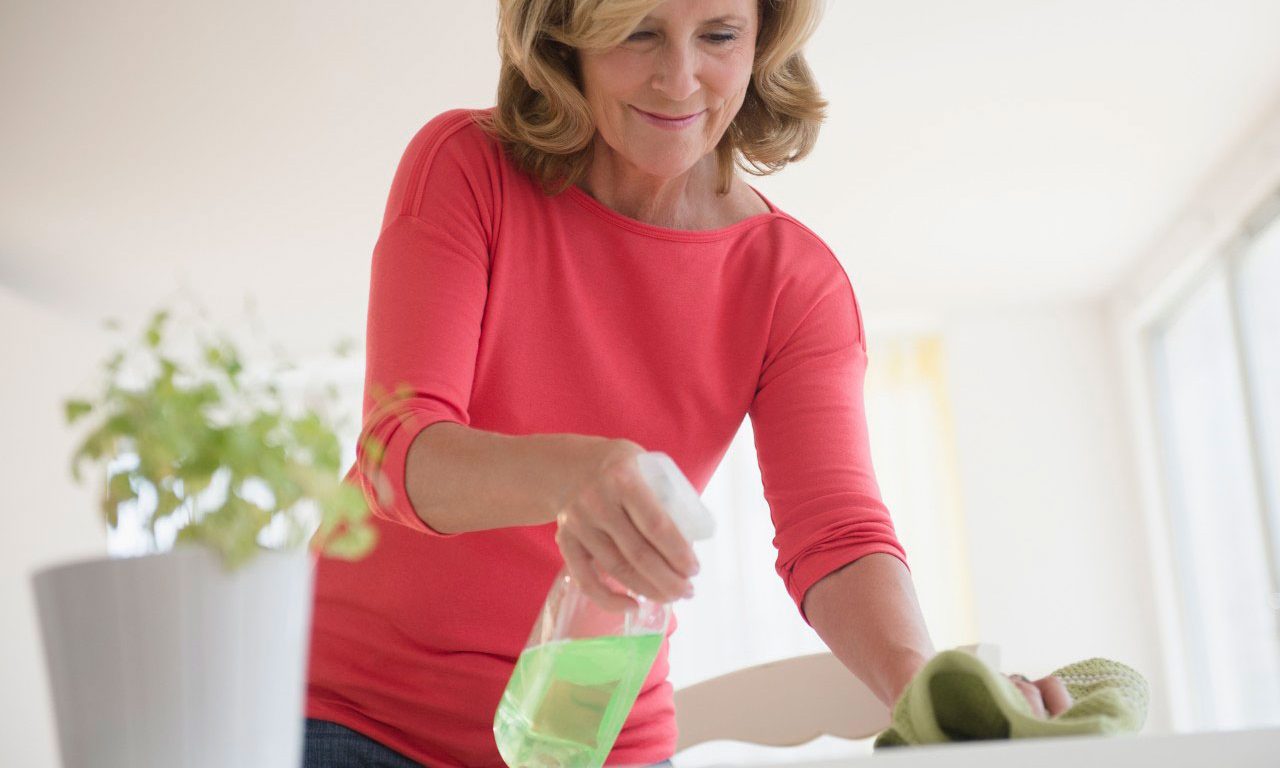Are Your Cleaning Products Safe?

Many people believe everyday products cause cancer. Yet a wide variety of experts insist there’s no reason for concern. Here’s what you should know about certain common chemicals.
We all worry about exposure to toxic chemicals. What about the products we use every day, like household detergents and personal care products?
Sodium laurel sulfate (SLS) and sodium laureth sulfate (SLES) are used to create foam in a huge array of cleansers, from shampoos and dish soaps to laundry and detergents.
Controversy around these two frequently confused ingredients is long-running — indeed, debate over them has raged for decades. That might be why 15 percent of respondents to a 2007 American Cancer Society survey said they believed everyday products like shampoo cause cancer. Yet a wide variety of experts insist — virtually unanimously — that there’s no reason for concern.
SLS and SLES are neither carcinogenic nor dangerous, they say. The American Cancer Society strongly condemned internet rumors about these two ingredients causing cancer years ago. Other experts have since echoed the organization.
They may be safe to use, but others point out that SLS and SLES can be skin irritants. The industry-funded group Cosmetic Ingredient Review says they’re safe at the concentrations used in consumer products, particularly because they’re washed off quickly. Some people report canker sores or contact dermatitis (skin irritation) from products that contain them, such as shampoos or toothpaste. That’s why Dr. Bronner’s, one company known for its dedication to safe ingredients, uses SLS only in a product intended for household cleaning.
There may be more to worry about. Consumer activists are concerned about 1,4-dioxane, which is a byproduct of the chemical process used to make SLES. The U.S. Environmental Protection Agency classifies it as a carcinogen. But because it’s a byproduct, not an ingredient, it isn’t listed on labels. Still, tests from advocacy groups and researchers have identified it in consumer products, including those intended for infants.
YOU MIGHT ALSO LIKE: Chemicals from Some Fruits and Plants Can Ignite Your Skin
There may also be environmental issues. Common surfactants used in household and personal care products, including SLS and SLES, produce a substance called nonylphenol as they biodegrade, which enters water supplies. Nonylphenol has been classified as an endocrine disruptor.
While SLS and SLES — strident claims to the contrary — don’t pose much risk in themselves, endocrine-disrupting chemicals (EDCs) are prompting serious concern. In addition to nonylphenol, parabens and phthalates are two common ingredients found in everyday products that may disrupt hormones. Whether in the environment or in products we use, endocrine disruptors have been linked to reproductive issues for both men and women, prostate health, and higher rates of hormone-sensitive cancers like breast and ovarian cancer.
The evidence against EDCs continues to mount. In September 2015, the Endocrine Society released an international consensus statement summarizing recent research linking endocrine disruptors to obesity and diabetes. “It is clear we need to take action to minimize further exposure,” Andrea Gore, lead author of the report and editor in chief of the journal Endocrinology, noted when the report was released. “With more chemicals being introduced into the marketplace all the time, better safety testing is needed to identify new EDCs and ensure they are kept out of household goods.”
If you’re concerned about the health impact of cleaning or personal care products, take the time to look at ingredient labels. If you’re on a budget and no one in your family is experiencing any symptoms, don’t feel like you have to toss everything — simply use up what you have and gradually replace them as you run out.
When you do shop, look for products labeled “1,4-dioxane free,” or skip the foam altogether and avoid SLS and SLES. Also avoid products labeled as having “fragrance.” While the Food and Drug Administration doesn’t require companies to list specific ingredients under this generic umbrella term, some tests have shown fragranced products may contain higher levels of less-than-wholesome elements, including volatile organic chemicals.
The best advice: stick with the simplest, most natural products you can find, or even make your own. To make things easy, find brands you trust and choose from their product lines. Buy only from companies that list all ingredients on their labels, and make sure they’re ingredients you can recognize. Check before you buy at the Environmental Working Group’s website, which rates thousands of items, or the U.S. Department of Health and Human Services’ Household Products Database.
Updated:
March 30, 2020
Reviewed By:
Christopher Nystuen, MD, MBA